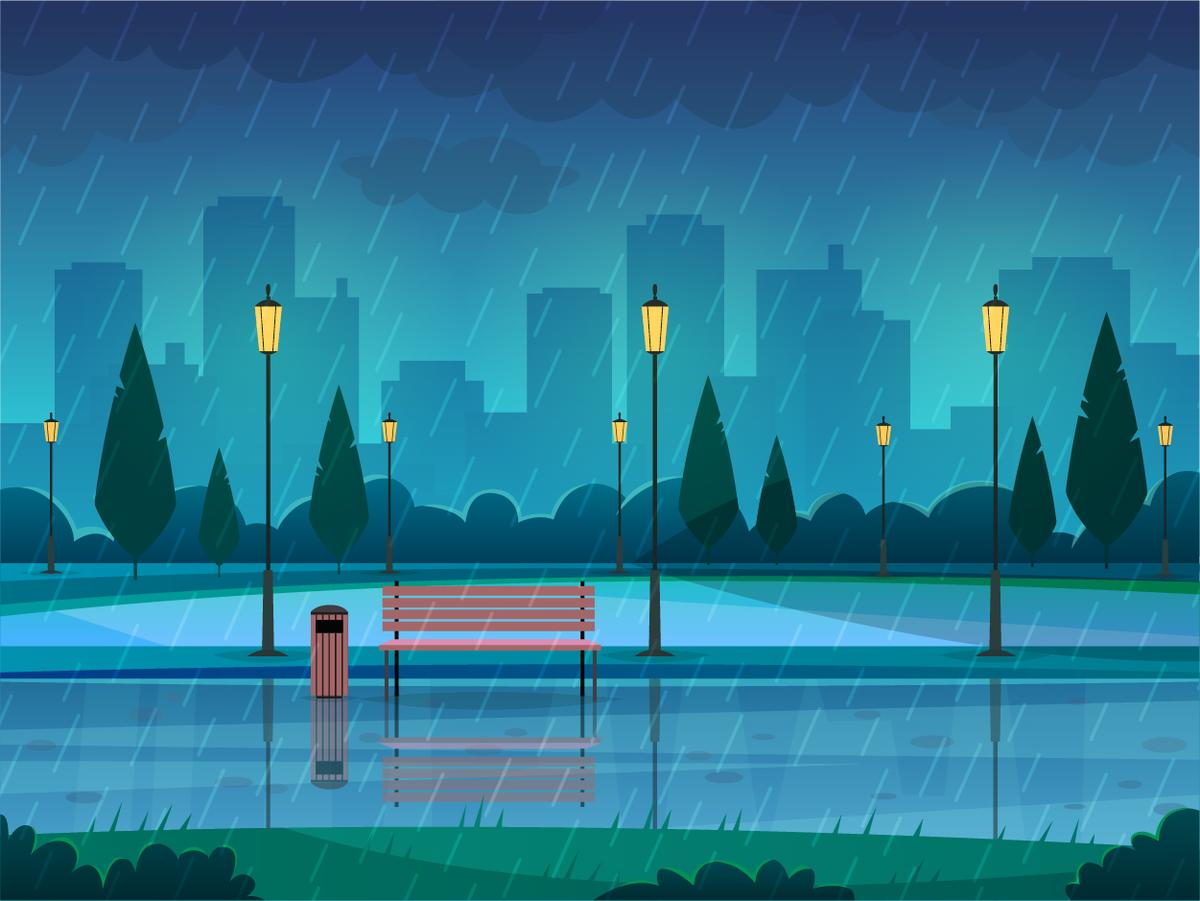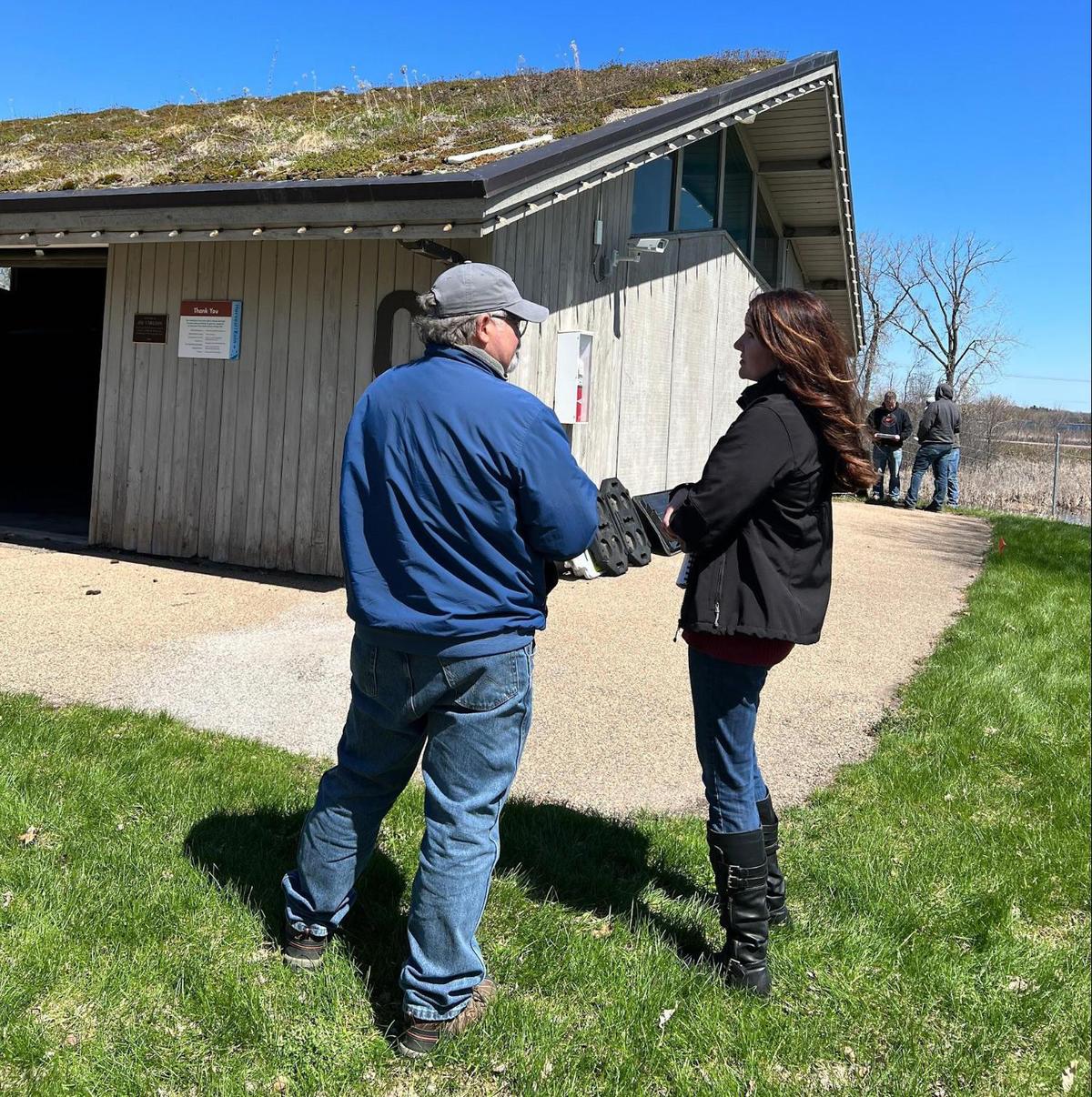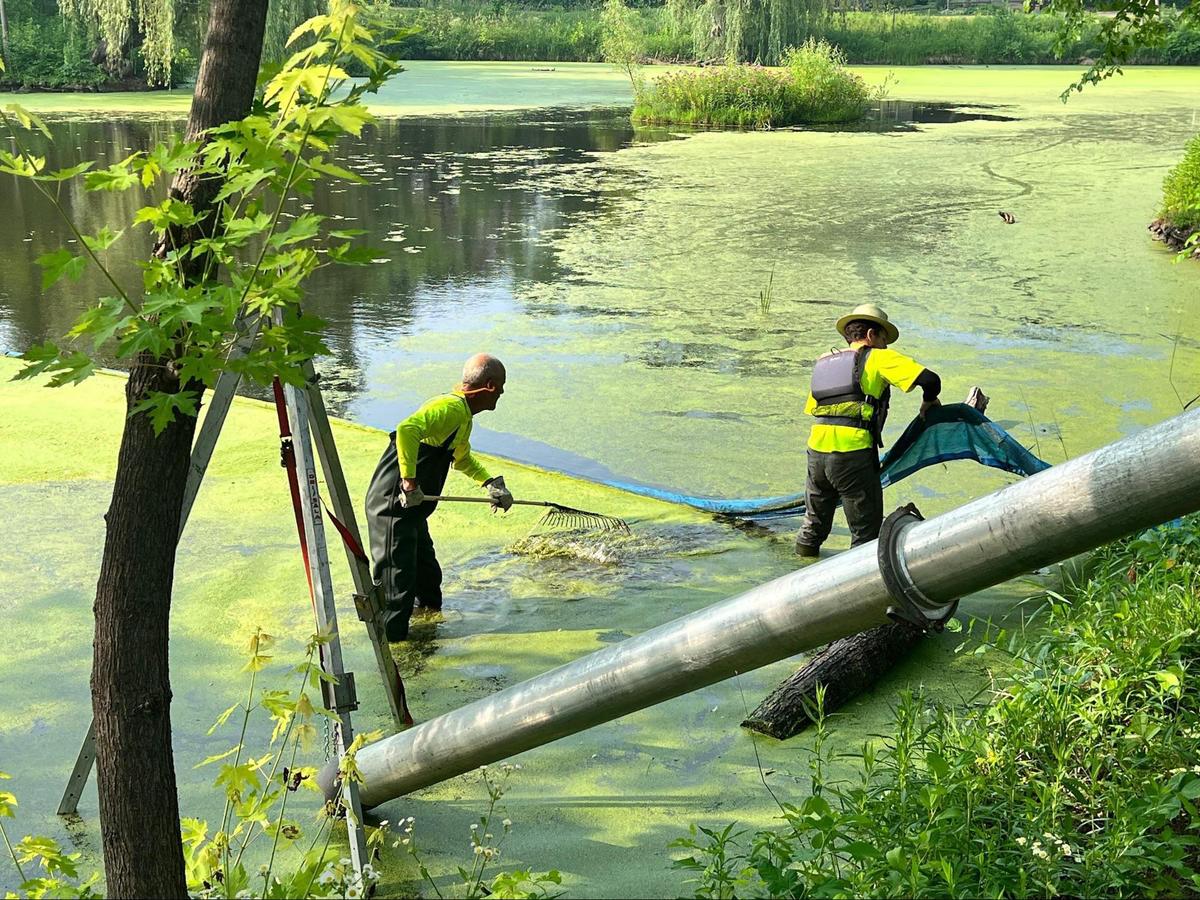
Our August 2023 extension column about preventing, minimizing, and mitigating the impacts of urban stormwater on Minnesota's water resources is by MNSG Extension Educator and WRC Senior Research and Extension Coordinator John Bilotta.
Where does runoff come from?
Stormwater runoff from our communities’ streets, driveways, parking lots, and rooftops can degrade the quality of our lakes, rivers, streams, wetlands and sometimes, shallow groundwater resources. Urban, suburban, and agricultural stormwater runoff carries pollutants such as nutrients, pathogens, and sediment. When the amount (volume) and speed (rate) of runoff increases, such as during and after storms, outcomes can include localized and downstream flooding.
What’s being done?
Adopting innovative practices, policies, and management approaches that prevent and minimize water quality degradation and at the same time decrease the quantity or amount of runoff is the best approach for practitioners, professionals, policymakers and property owners.
Research can identify new methods for urban stormwater management, discover new practices and innovations, and inform policy changes.
The Minnesota Stormwater Research and Technology Transfer Program advances science, technology, and management of stormwater in Minnesota by investing in and facilitating research to prevent, minimize, and mitigate the impacts of runoff from the built environment. The program operates in tandem with the Minnesota Stormwater Research Council, which seeks diverse and comprehensive input on information needs and priorities related to stormwater.
Five new research projects
Designed and constructed urban stormwater ponds are one of the most-used practices to manage stormwater and there are tens of thousands of these ponds across Minnesota. While the ponds have been a go-to practice for decades, there are uncertainties about how well they meet current water quality needs and much is unknown about how they function.
In response to these uncertainties and information-research needs, the Research and Technology Transfer Program began four new stormwater pond research projects that will investigate:
- The fate and transport of phosphorus and harmful algae blooms (HABs) from stormwater ponds.
- The effectiveness of pond remediation techniques on phosphorus release rates.
- The enhancement and validation of a rapid stormwater pond assessment tool.
- How managing urban pond vegetation can be accomplished to enhance water quality benefits.
The fifth research project focuses on another poorly understood component of urban stormwater, specifically, how homeowner associations (HOAs) manage stormwater. HOAs are groups of property owners in a neighborhood or other geographically defined area who form a legal association or network. Although HOAs are frequently associated with neighborhood social gatherings, common roof and building exterior management, seasonal care of common areas, and snow removal, many HOAs also conduct stormwater practices within their boundaries, but we know little about what or how they do that.
In response to this information-research gap, the Minnesota Stormwater Research and Technology Transfer Program invested in a fifth research project this summer that will:
- Assess the capacity of and identify effective resources for homeowners, homeowner associations (HOAs), and commercial property owners for proper maintenance of stormwater and green infrastructure practices.
These new projects coupled with ongoing projects reflect the Minnesota Stormwater Research Council’s investment into 12 areas of study.
Technology Transfer
Another emphasis of the Minnesota Stormwater Research and Technology Transfer Program is to transfer the discoveries from these research projects to the practitioners, professionals and policymakers who are in the best position to use research results to design, install, maintain, and operate stormwater and green infrastructure practices across public and private development and redevelopment projects. Examples include:
The Minnesota Stormwater Seminar Series. This series brings people who have implemented examples of advanced stormwater innovation and knowledge to Minnesota to share what they learned and how they pushed the boundaries in the stormwater arena. Seminars also include presentations of Minnesota Stormwater Research Council funded projects and interdisciplinary panels.
The Clean Sweep Education and Training Program. This program launched in 2022 as the result of discoveries made through multiple research projects and was developed in partnership with the Minnesota Pollution Control Agency to assist Municipal Separate Storm Sewer Systems (MS4s) and local communities in implementing and enhancing their street-sweeping programs to help meet water quality goals.
The Erosion and Stormwater Management Certification Program. This program incorporates results from stormwater research into training programs such as the Inspection and Maintenance of Permanent Stormwater Treatment Practices Certification.
The University of Minnesota Water Resources Center (WRC) leads and Minnesota Sea Grant (MNSG) is a collaborator on the technology transfer program and stormwater council through two staff with joint appointments in WRC and MNSG.
MNSG Extension Educator and WRC Senior Research and Extension Coordinator John Bilotta administers the research program and MNSG Extension Educator Maggie Karschnia designs and delivers the technology transfer-extension programming to Minnesota’s stormwater professionals, practitioners, and policymakers. WRC and MNSG work is statewide and includes Lake Superior and Minnesota’s inland waters. The stormwater research and technology transfer program informs and facilitates interaction among the public and scientists by identifying information needs, supporting scientific research to address those needs, translating the resulting science into actionable information, and communicating those results to the public.
Financial support for the Minnesota Stormwater Research and Technology Transfer Program comes from the Clean Water Fund, which comes from Minnesota’s Clean Water, Land and Legacy Amendment. Additional support comes from the Minnesota Stormwater Research Council and its member cities, watersheds, and private businesses, the University of Minnesota Water Resources Center, Minnesota Sea Grant, and College of Food, Agriculture, and Natural Resource Sciences, from the National Institutes for Water Resources funded by the U.S. Geological Survey.
For more information see the Stormwater Research Council's 2023 Annual Report and contact MNSG Extension Educator and WRC Senior Research and Extension Coordinator John Bilotta.

